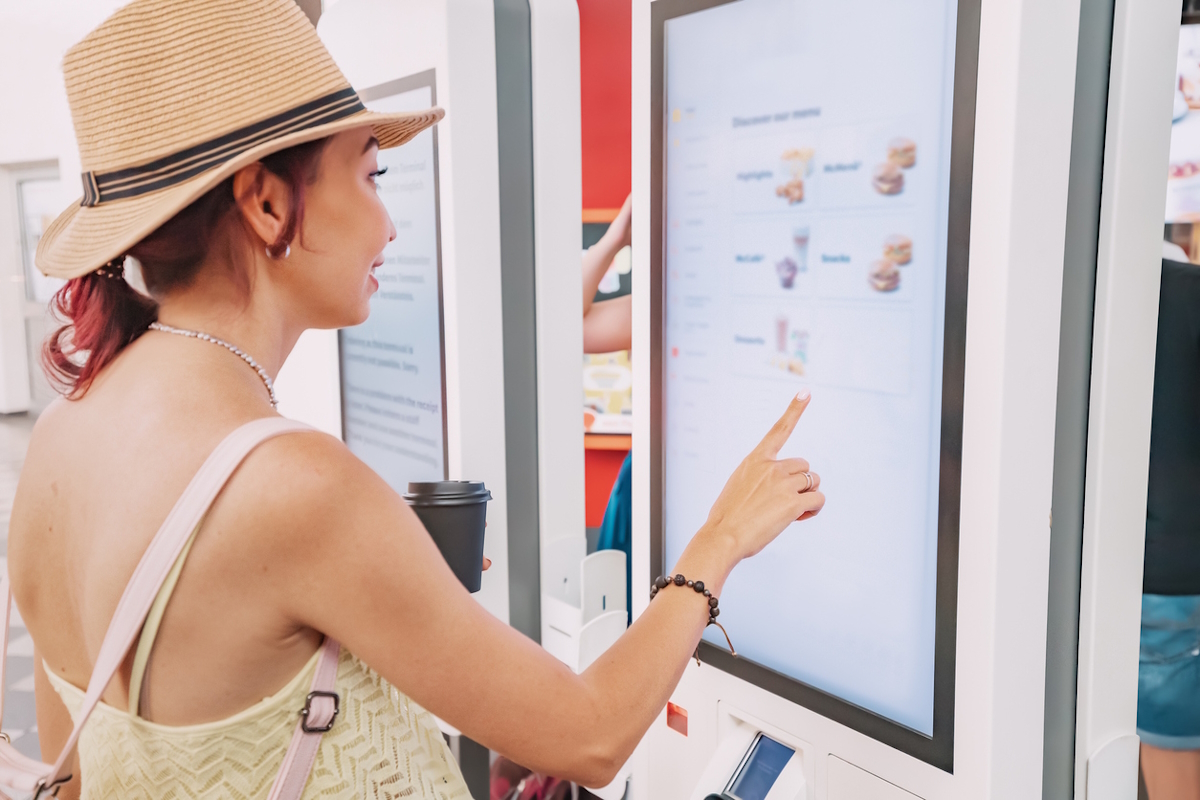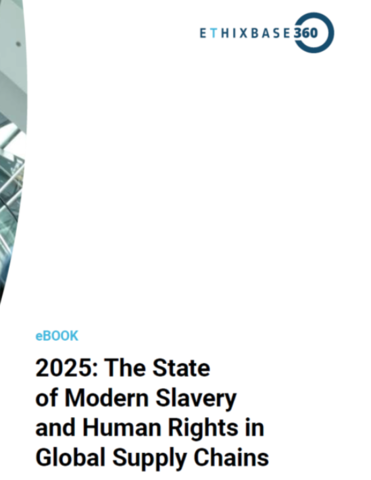Optimising the B2B customer experience

Boris Lokschin at Spryker argues that it’s time to unify the B2B customer’s digital commerce journey
Delivering a great B2B buying experience used to be about building a personal connection between two people. But in recent years, B2B sellers have evolved to add digital channels to their strategies. Today, just having an online presence – like a basic website – isn’t enough.
Now, B2B buyers expect the same personalised and seamless customer journeys they’re used to experiencing as a consumer. This includes being able to shop online anytime, from anywhere.
With the growth of platforms like mobile commerce and “super apps” that offer B2B and B2C goods, businesses selling to other businesses need to be able to provide consistent experiences across all channels. The answer to this problem? Unified commerce. Unified commerce is all about offering your customers a consistent omnichannel experience that works across every platform.
Moreover, the global unified commerce market is booming: it was worth $12.4 billion in 2022, and it’s expected to reach $23.47 billion by 2030. If B2B businesses can’t keep pace, they’ll be left behind.
Customer power
Recent research conducted by PwC indicates that 52% of customers are willing to pay more for a product if they anticipate an easy buying experience. Creating a successful unified commerce strategy is the easiest way to do this. Take Amazon as an example; customers can add items to their basket with Alexa and complete the payment on a PC, creating a seamless buying journey that goes across multiple platforms.
As B2B buying experiences increasingly blend with B2C experiences, there’s no reason B2B marketplaces can’t introduce this same offering themselves – allowing buyers to begin their purchase with a voice command and end with payment on a PC or other device.
Imagine how frustrating it is for customers who have to enter their payment details every time they switch between a website and a mobile app, particularly for B2B customers who are often making complex purchases of items worth tens or hundreds of thousands of dollars. In sectors like manufacturing, the customer might be purchasing a customised product they have spent hours configuring. If they lose their progress they might abandon the purchase altogether, in favour of a competitor with a more reliable sales platform.
Unified commerce involves meeting buyers where they are. And that flexibility to begin a purchase on one device and finalise it on another is especially crucial in an era of hybrid working. B2B buyers might want to switch between their personal device, their work device, and even their mobile phone. With unified commerce, this is possible.
A united front
Putting the customer at the heart of your strategy also means addressing points of friction wherever you can and ensuring back office systems are equally unified to give customers a seamless experience. For example, a report by Gartner states that 77% of B2B buyers say their latest purchase was very complex or difficult. Take the issue of inventory.
If your online platform does not accurately reflect what’s in your warehouse, this will only lead to loss of buyer trust and canceled orders – which means lost revenue for the business.
By having a unified and centralised system for everything – such as a single, real-time inventory – businesses can improve reliability and encourage buyer trust. The result is an all-around better B2B buying experience, leading to more satisfaction, more retention, and ultimately more revenue. B2B markets are oversaturated enough as it is: now’s the time for B2B to take a leaf out of the B2C book and make buyer experience a priority.
The scale of the opportunity
So how can organisations go about making the most of the opportunity that unified commerce offers them? Composable commerce is a good first step. A composable approach is based on modular components, giving merchants better flexibility and scalability. It enables businesses to select the software and features needed to make unified commerce work for them.
Adopting a sophisticated composable commerce platform that supports unified commerce doesn’t just improve the experience for the customer. It also allows B2B businesses to gain valuable insights into customer behaviour and buying patterns.
Due to the growth of different shopping channels, such as apps and IoT devices, the task of analysing customer behaviour has become more complicated. With a unified commerce strategy, businesses can centralise the data they’ve collected about customers and products on a single platform. This brings together elements like digital commerce, mobile commerce, and customer relationship management, to provide insights into how to improve the customer experience.
A unified future
B2B digital commerce is evolving rapidly, with soaring customer expectations and spiralling complexity. Re-organising a disconnected business set-up into one consolidated platform may seem like a daunting task, but it doesn’t need to be.
Adopting a modern composable commerce platform that supports unified commerce will enable organisations to better serve their customers and therefore their business goals.
Boris Lokschin is CEO of Spryker
Main image courtesy of iStockPhoto.com

Business Reporter Team
Most Viewed
Winston House, 3rd Floor, Units 306-309, 2-4 Dollis Park, London, N3 1HF
23-29 Hendon Lane, London, N3 1RT
020 8349 4363
© 2024, Lyonsdown Limited. Business Reporter® is a registered trademark of Lyonsdown Ltd. VAT registration number: 830519543





